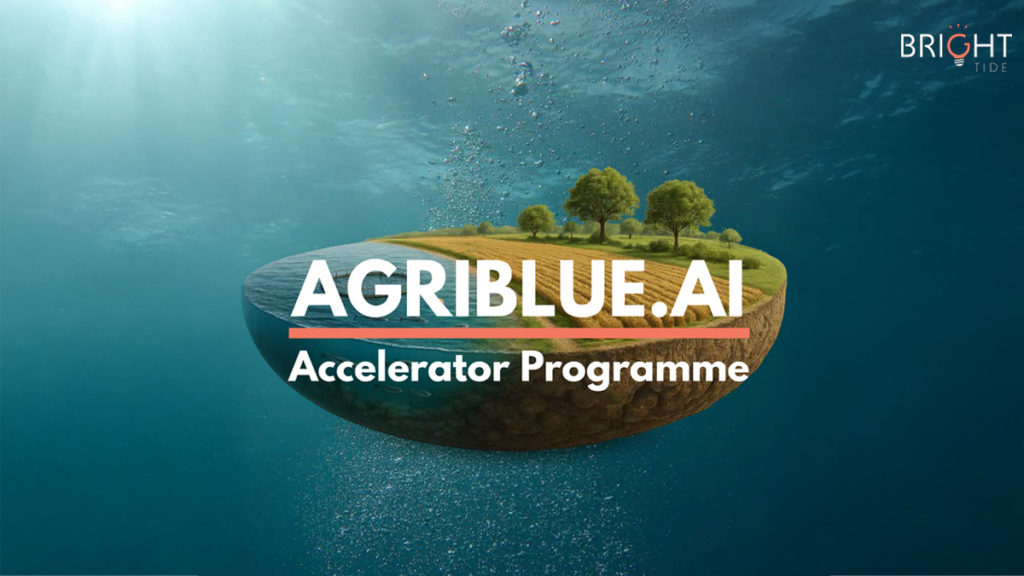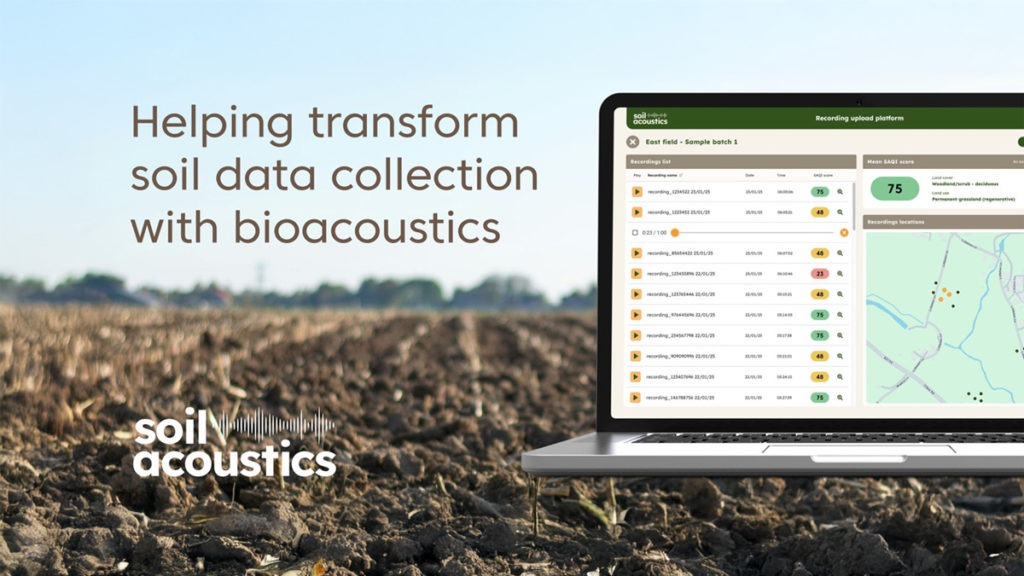A major step forward for soil health has just been taken in Brussels, and it’s one that could shape the future of European agriculture, biodiversity and climate action for decades to come. On 10 April, the European Parliament and Council reached a provisional political agreement on a directive establishing a framework for soil monitoring to improve resilience and manage the risks of contaminated sites.
Healthy soils are the cornerstone of life on Earth. They support 95% of the food we eat, shelter over a quarter of the world’s biodiversity, and are the largest terrestrial carbon pool on the planet. However, despite their critical role, around 60-70% of EU soils are currently considered unhealthy, largely due to urbanisation, intensive agriculture and the impacts of climate change. Poor soil health doesn’t just threaten food security, it also undermines biodiversity, accelerates climate change and costs the EU an estimated 50 billion euros each year in lost ecosystem services.
The new provisional agreement keeps the 2050 ambition for healthy soils firmly in place—an aspirational, non-binding target that reflects a meaningful shift in mindset. It recognises what we at Soil Acoustics have long championed: that healthy soils are fundamental to a sustainable future. This marks an exciting step forward, placing soil firmly at the centre of environmental strategy, with science, innovation, and monitoring leading the way.
What’s Changing Under the EU’s New Soil Law?
Soil health monitoring in every EU country: member states will be required to monitor and assess soil health using common descriptors, capturing the physical, chemical and biological characteristics of soil types.
Harmonised methods: monitoring will follow a standardised EU methodology for sampling, with support from the LUCAS Soil programme and additional technical and financial backing from the Commission.
Tailored but non-binding targets: countries will set their own sustainable soil health targets, reflecting national conditions and levels of degradation, but without placing new legal requirements on landowners.
Support, not penalties, for farmers and foresters: crucially, the directive introduces no new obligations for land managers. Instead, it obliges governments to provide independent advice, training and access to innovation to help them improve soil resilience.
One of the most significant new requirements is the creation of a public list of potentially contaminated sites within each member state. These will need to be identified within 10 years of the law coming into force, and unacceptable risks to human health or the environment will have to be addressed.
An indicative watch list of emerging contaminants, such as PFAS (‘forever chemicals’) and certain pesticides, will also be published 18 months after the directive is adopted.
A Science-Driven Approach to Soil Health
At Soil Acoustics, we believe that science and data are central to protecting and regenerating our soils. The inclusion of a common EU methodology for soil sampling and the emphasis on monitoring over penalties aligns strongly with our work developing the Soil Acoustic Meter (SAM) – a tool that gives farmers and land managers insights into the living dynamics of their soil.
As this legislation progresses to its final stages, we see new opportunities for innovation, cross-border collaboration, and soil-centric approaches to land management.
This is just the beginning, but it’s a promising sign that soil is finally getting the policy-level support it deserves.
Contact Us
We’re passionate about transforming soil health monitoring. If you’d like to learn more about SAM and how it can support your land management practices, get in touch with us via info@soilacoustics.com or call +44 (0)1629 593 958.







